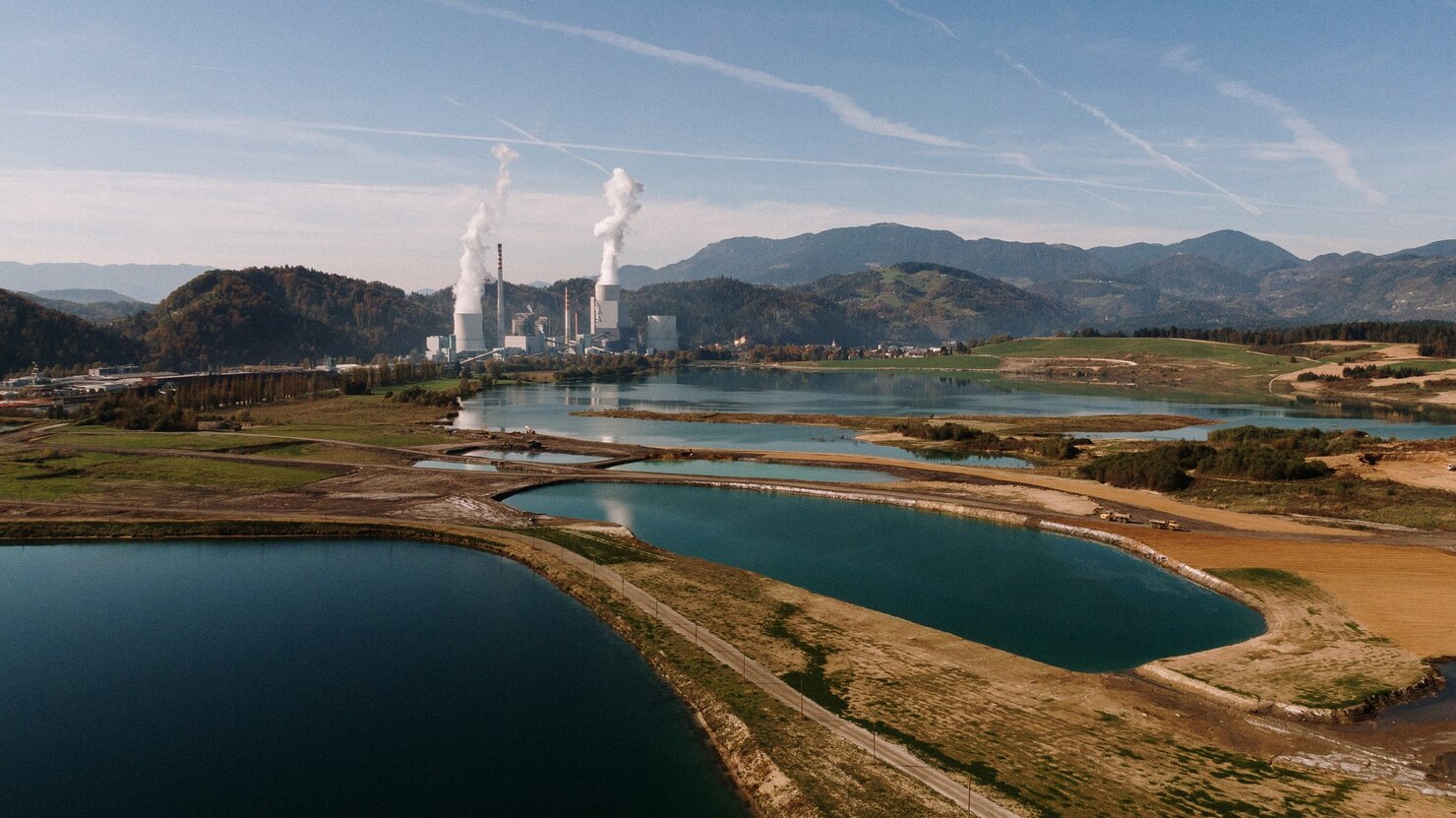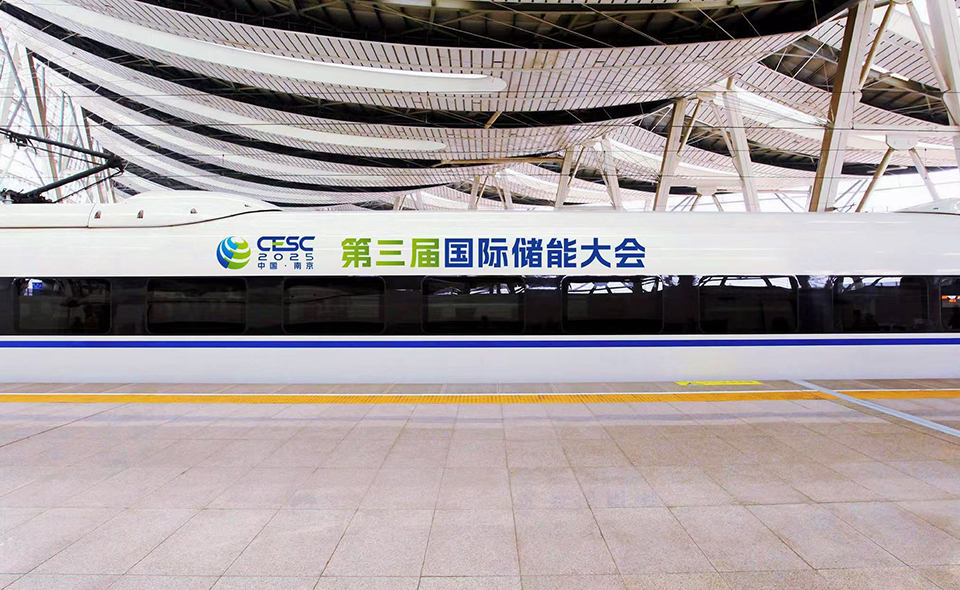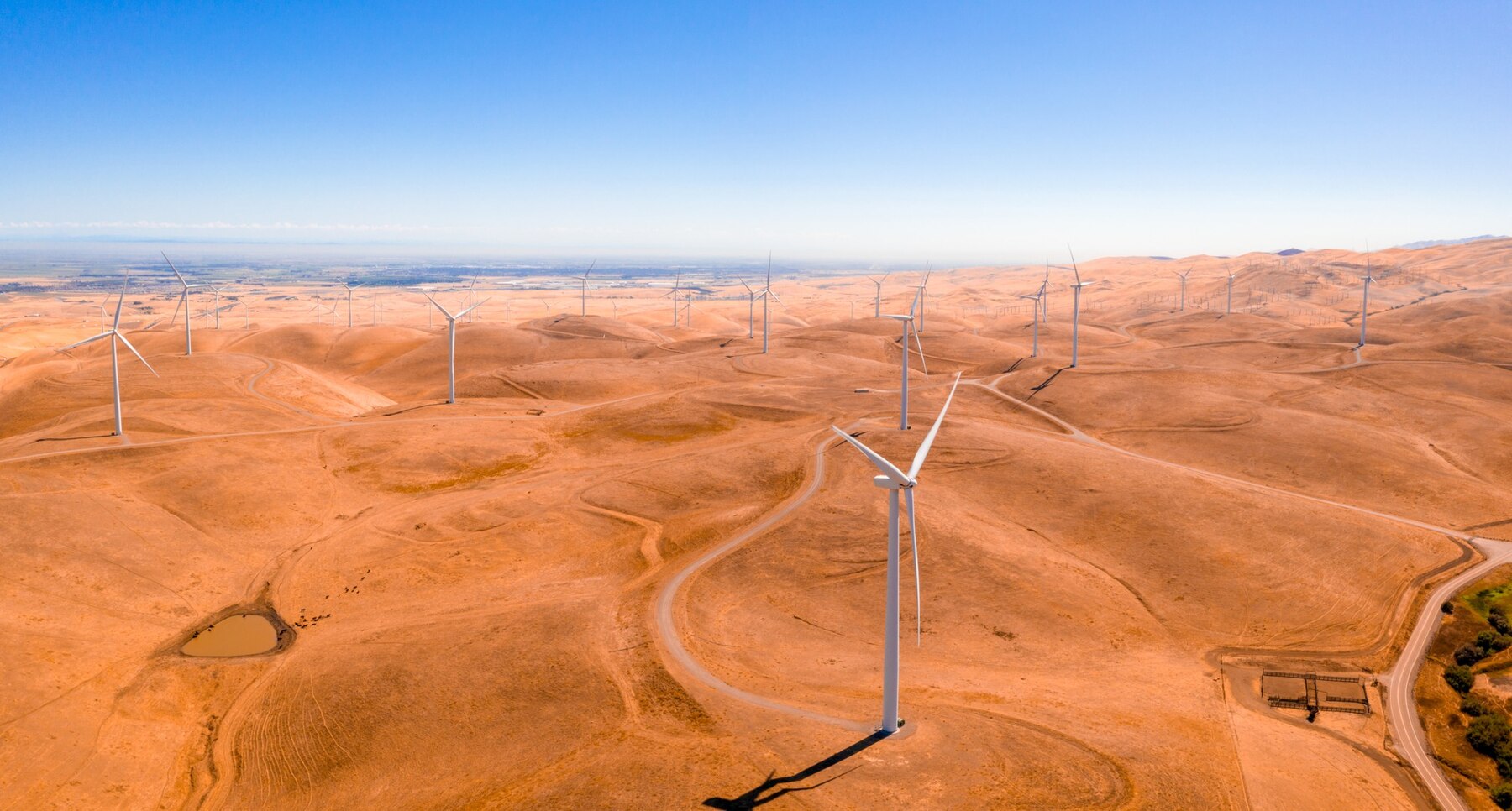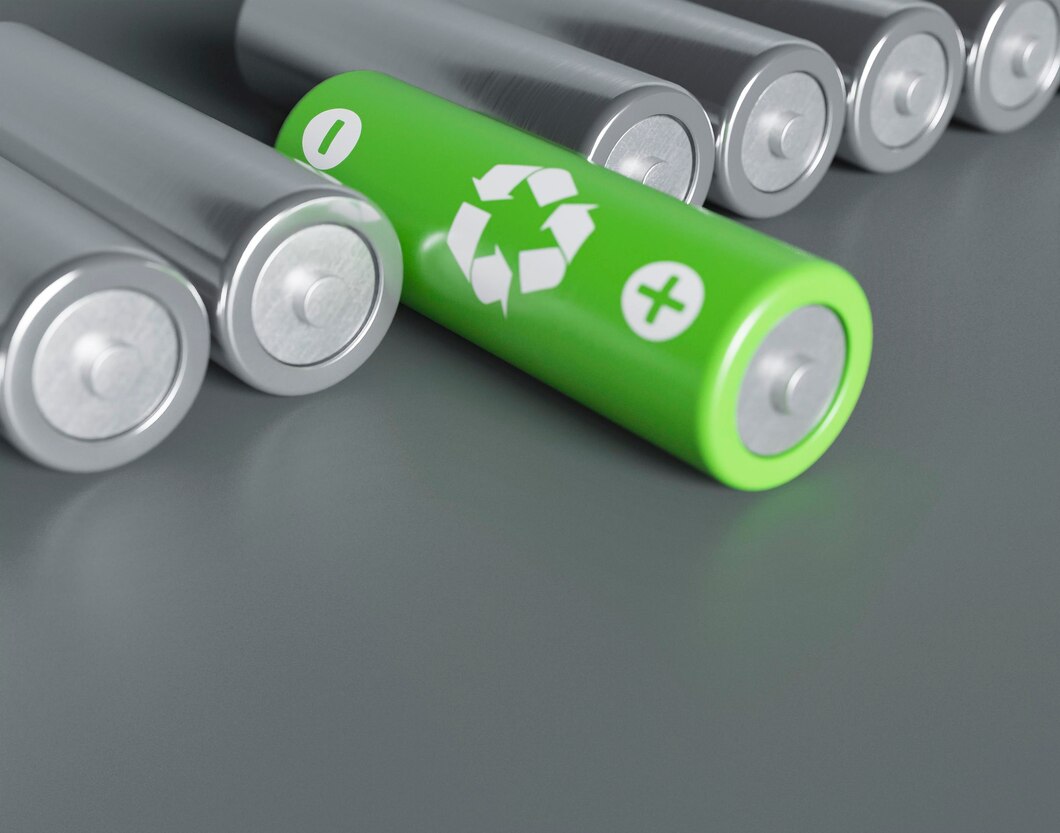
Against the backdrop of the global acceleration of energy transformation, the energy storage market in Southeast Asia is demonstrating vigorous development vitality. Malaysia, with its unique advantages, has become a highly promising investment destination. Malaysia's electricity demand is on the rise, and it has an ambitious renewable energy development plan. Energy storage is crucial for ensuring stable power supply and optimizing the energy structure. The country has actively introduced a series of policy dividends to fully promote the development of the energy storage industry. This article will provide a detailed analysis of the key points for accessing the Malaysian energy storage market for enterprises aspiring to enter this market, helping them make precise arrangements and seize the initiative.
Market Status Analysis
Energy Demand and Transformation Goals
As the third - largest economy in Southeast Asia, Malaysia's electricity demand grows at an average annual rate of approximately 3.5%. Industrial electricity consumption accounted for as high as 48% in 2023.The government has set a "carbon neutrality by 2050" goal and plans to increase the share of renewable energy in power generation to 31% by 2025 (it was 23% in 2023). Energy storage has become a core tool for peak - shaving and grid stabilization.
Drivers of the Energy Storage Market
Expansion of Renewable Energy: Malaysia has significant solar energy potential. The goal is to add 4.5 GW of photovoltaic installations by 2025 (with a cumulative 2.8 GW in 2023), and the supporting energy storage demand is approximately 1.2 GWh.Industrial and Commercial Demands: Data centers, semiconductor factories, and other facilities require highly reliable power. The backup power market is growing at a rate of 15% annually.
Layout of the Electric Vehicle Industry Chain: In 2023, the sales of electric vehicles in Malaysia increased by 200%. The country plans to build 10,000 charging stations by 2030, promoting the localization of power battery production and the secondary use of batteries.
Current Market Size
In 2023, Malaysia's energy storage installed capacity was approximately 80 MW/160 MWh, mainly concentrated in industrial and commercial projects on the Malay Peninsula.It is expected that the market size will reach 350 MWh in 2025, with a compound annual growth rate (CAGR) of 45%.
Main Challenges and Risks
Grid Access and Dispatch Restrictions
The national grid is monopolized by TNB (Tenaga Nasional Berhad). Energy storage projects need to go through a complex grid - connection approval process, which takes an average of 12 months.Due to the lack of an independent power market mechanism, the revenue model for energy storage to participate in frequency control ancillary services (FCAS) is still unclear.
Inconsistent Policy Implementation
Local state governments (such as Sabah and Sarawak) have energy autonomy, and project approval standards vary greatly.Foreign - invested enterprises often face the "Bumiputera (indigenous) equity requirement," and some projects need to reserve 30% of the equity for local indigenous enterprises.
Technical and Cost Bottlenecks
High - temperature and Rainy Environment: With an average annual humidity of over 85%, energy storage systems are required to have anti - corrosion and efficient heat - dissipation designs, which increases costs by 10 - 15%.Dependence on Imported Supply Chain: 90% of the core materials for lithium - ion batteries (such as diaphragms and electrolytes) rely on imports from China and South Korea. Logistics costs account for 8 - 12% of the total cost.
III. Major Players and the Competition Landscape
International Enterprises
Huawei Digital Energy: Dominates the industrial and commercial energy storage market. In 2023, it signed a 50 - MWh solar - energy - storage project for the Penang data center.BYD: Cooperates with the local consortium Sime Darby to lay out electric vehicle battery factories and energy storage system assembly lines.Fluence: Won the bid for TNB's 30 - MW/60 - MWh grid - side energy storage project, focusing on system integration technology.
Local Enterprises
TNB (National Energy Company): Dominates the national energy storage bidding. In 2024, it plans to deploy 200 MWh of energy storage projects.Samaiden Group: A leading local renewable energy company, focusing on household solar - energy - storage systems (with a 22% market share in 2023).PESTECH International: A power equipment manufacturer, developing modular containerized energy storage solutions.
Emerging Participants
Virtual Power Plant (VPP) Operators: For example, the Malaysian start - up company SOLS Energy integrates distributed energy storage resources to participate in demand response.Second - hand Battery Recyclers: ReGen Strategic cooperates with South Korea's SK Innovation to develop community energy storage applications for retired electric vehicle batteries. Key Points of Regulations and Compliance
Foreign Investment Access Rules
In the manufacturing sector, the upper limit of foreign ownership in energy storage equipment production is 70% (with at least 30% indigenous equity).In the operation of energy projects, 100% foreign ownership is allowed, but a long - term power purchase agreement (PPA) with TNB is required.
Localization Requirements
Local Content Rate (DCR): Starting from 2024, government - tendered projects need to meet 30% local procurement requirements (for battery packs, inverters, etc.).Technology Transfer Provisions: Foreign - invested enterprises are required to promise to transfer at least 10% of their core technology patents to local partners.
Key Certifications and Permits
SIRIM Certification: Mandatory for energy storage systems (with a testing cycle of 4 - 6 months and a cost of approximately $30,000 - $50,000).Approval by the Energy Commission (EC): Energy storage projects exceeding 1 MW need to submit a technical feasibility report, and the approval cycle is 6 - 9 months.
Fiscal and Tax Incentives
Green Investment Tax Allowance (GITA): Energy storage projects can enjoy a 70% income tax exemption for 5 years (applications are valid before 2025).Import Tariff Optimization: Setting up factories in free trade zones (such as Iskandar, Johor) can exempt the import tax on lithium - ion battery raw materials.
Strategic Recommendations and Additional Content
Business Model Innovation
Shared Energy Storage: Cooperate with industrial parks to provide "on - demand leasing" of energy storage capacity (for example, a monthly rent of $1,500 per MWh).Bundled Sale of Green Electricity and Energy Storage: Provide zero - carbon power packages for multinational enterprises (such as Intel, Tesla Gigafactory).
Localization Cooperation Paths
Give priority to collaborating with GLCs (government - linked companies), such as TNB and Sime Darby, to obtain policy and resource support.Establish R & D centers with local universities (such as the University of Malaya, UTM) to meet technology transfer requirements and cultivate talents.
Risk Mitigation Strategies
Purchase "political violence insurance" to cover potential geopolitical risks in East Malaysia (Sabah and Sarawak).Use local currency (Malaysian Ringgit) for financing: Reduce the impact of exchange rate fluctuations through Islamic bonds (Sukuk).
Future Market Trend Forecasts
Divergence of Technical Routes
Lithium iron phosphate batteries will dominate industrial and commercial scenarios before 2025 (accounting for 75%). After 2026, the proportion of hydrogen energy storage in long - duration energy storage pilot projects will increase.
Policy Breakthrough Directions
It is expected that the "Energy Storage Market Operation Framework" will be launched by the end of 2024, allowing third - party independent energy storage operators to participate in power trading.
Market Size Forecasts
Baseline Scenario: The energy storage installed capacity will reach 400 MWh in 2025 (CAGR 50%) and exceed 2 GWh in 2030.
Aggressive Scenario: If electric vehicle policies are accelerated, the energy storage demand may reach 3 GWh in 2030 (with second - life batteries accounting for 30%).
Emerging Opportunity Areas
Energy Storage for Data Centers: Driven by the global expansion of cloud services, the energy storage demand for data centers around Kuala Lumpur is increasing by 60% annually.
Integrated Agricultural Solar - Energy - Storage: "Photovoltaic + energy storage" projects in palm oil plantations receive government subsidies of 15,000 Malaysian Ringgit per hectare.
The Malaysian energy storage market offers both policy dividends and complex challenges. Enterprises need to focus on three core strategies: "local compliance adaptability, technical scenario - based innovation, and integration of political and business resources." With the revision and implementation of the "National Energy Policy" in 2024, the energy storage track will enter a period of rapid growth. Those who make early arrangements are expected to gain a strategic advantage in the Southeast Asian clean energy transformation.
Overall, although the Malaysian energy storage market is full of opportunities, it also faces challenges such as technical adaptation and policy changes. When entering this market, enterprises need to closely monitor policy trends, deeply study local demands, and invest resources in technical innovation and localization transformation. By closely cooperating with local enterprises and participating in the formulation of industry standards, enterprises can integrate into the local market. As long as they seize the opportunities brought by policy dividends and properly address the challenges, enterprises will surely succeed in the Malaysian energy storage market, contribute to the local energy transformation, and achieve common development.

Latest News












Ms. Liu +86 132 6100 0097

协办单位:全国工商联新能源商会、电力规划设计总院
支持单位:江苏省发展和改革委员会、江苏省工业和信息化厅、江苏省商务厅
国网江苏省电力有限公司
国际支持:欧洲储能行业协会、德国智能城市交通协会
承办单位:创能国际会展服务(江苏)有限公司、东浩兰生会展集团股份有限公司
溧阳深水科技咨询有限公司



